Comet C/2021 S3 PanSTARRS is set to pass by Earth this spring and astronomers need YOU to help study it.
C/2021 S3 PanSTARRS is one of a handful of bright comets in 2024, and is the subject of a new UK citizen science project.
Researchers from the University of Reading are putting out a call for citizen scientists across the UK to submit their images of the comet to help them to study the solar wind.
“We need lots of timed photos of the comet to build up a picture of its journey through our Solar System,” says Sarah Watson, a PhD researcher from University of Reading who is leading the project.
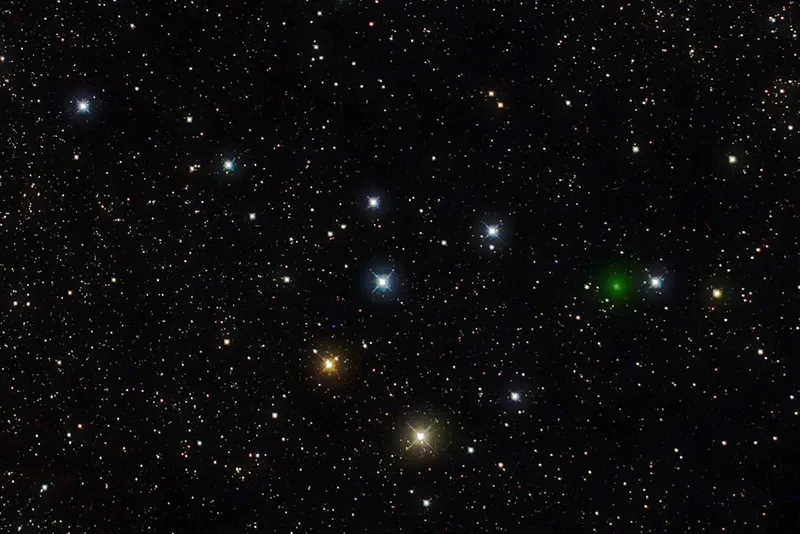
Why scientists want pictures of the comet
As comets come close to the Sun, the heat causes the ice they are made of to melt, projecting a cloud of gas and dust.
The solar wind sweeps this cloud away, creating a spectacular tail that can be over 100,000km long.
As such, comets be used as cosmic windsocks, showing the direction and strength of the solar wind in the region around the comet.
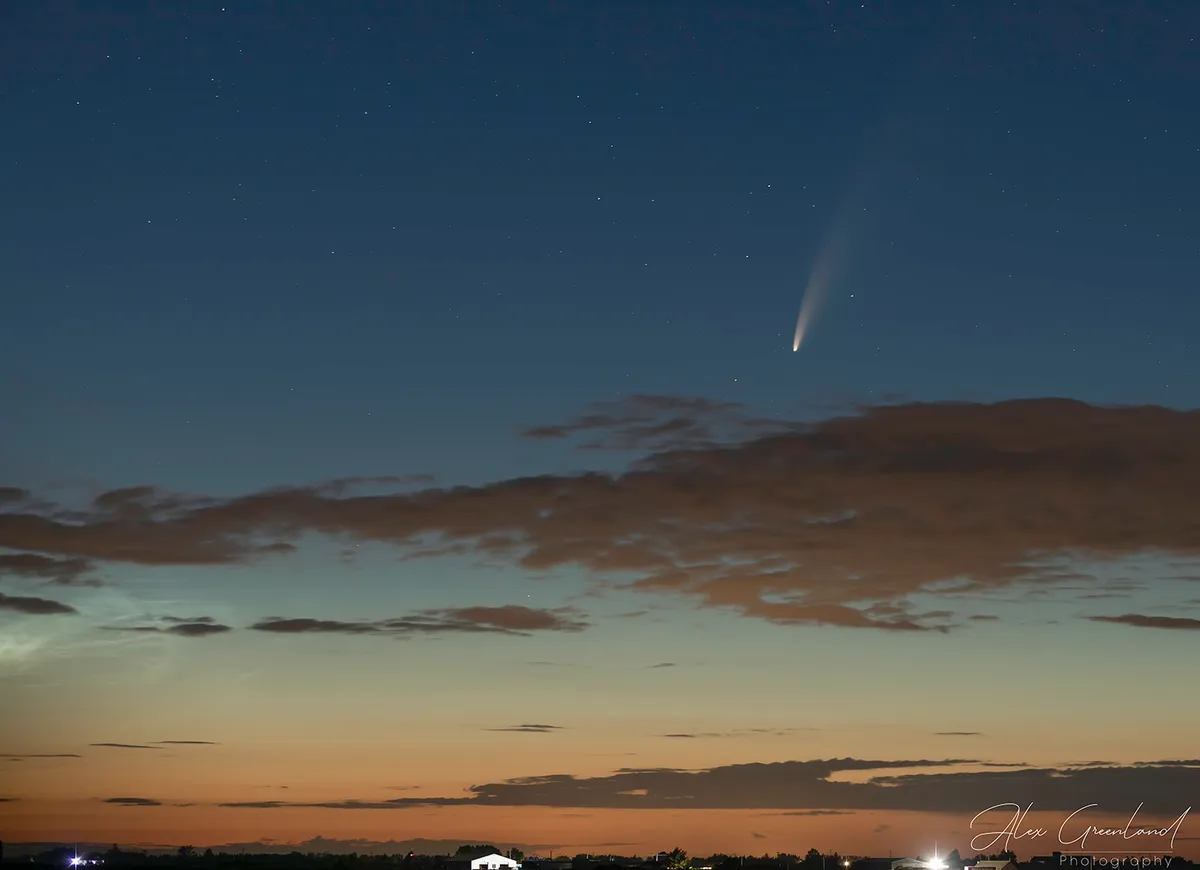
“What we are expecting to see may look rather unusual,” says Watson.
“When we talk about comets, people often think of a large, bright sphere followed by a long thin tail.
“The comet we are observing may look different as its tail could ‘detach’ as it is buffeted by solar winds.”
The team will examine the images, looking at how the tail moves to determine the solar wind activity nearby.
“This is a fantastic opportunity for amateur astronomers to get out their telescopes, capture a truly spectacular cosmic moment and make a big contribution to some important science,” says Watson.
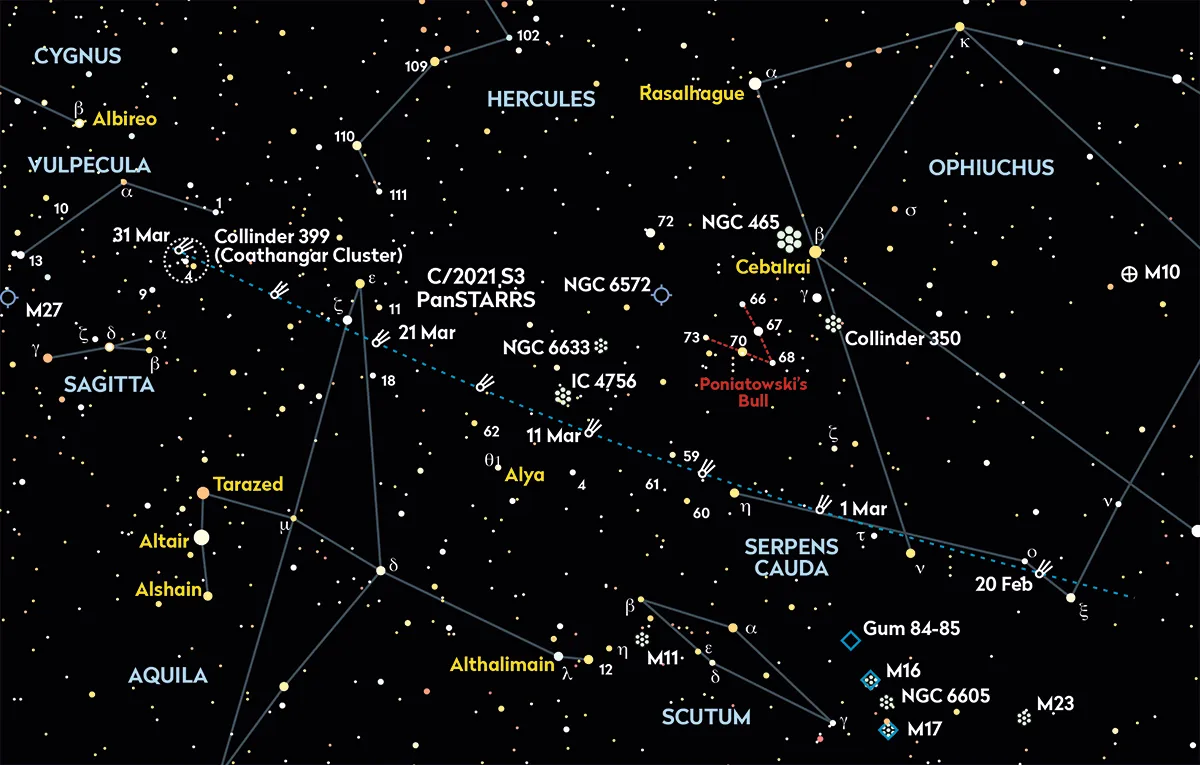
How to see comet C/2021 S3 PanSTARRS
Comet C/2021 S3 PanSTARRS will be visible in the UK night sky from 14 February until the end of March 2024.
It will move in a north-northeast direction from Serpens Cauda, through Aquila, Sagitta and finally into Vulpecula, where it will pass through the Coathanger Cluster.
The comet is expected to reach about 8.0 mag, meaning you won’t be able to see it with the naked eye, but it should be visible in binoculars.
You can use the chart above to help you locate it in the night sky.
Get full info on observing the comet in our guide to Comet C/2021 S3 PanSTARRS
Photographing Comet C/2021 S3 PanSTARSS
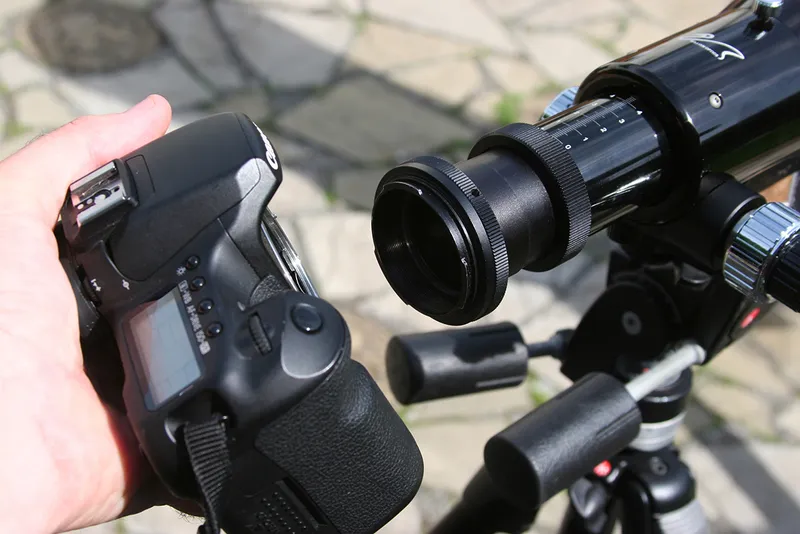
To photograph the comet you'll need a camera that's either attached to a telescope or large lens.
You will also need an aligned tracking mount to keep your camera on target throughout your astrophotography session.
Photographing comets requires several exposures, usually between 30-120 seconds long – any longer and the motion of the comet can cause it to blur.
If you wish to submit your images to the study, then you can email them along with the details of the location and time it was taken to s.r.watson@pgr.reading.ac.uk.
The team will take any image of the comet you have, but are particularly looking for any where the tail appears to wobble or completely detatches.
Find out more in our guide on how to photograph a comet
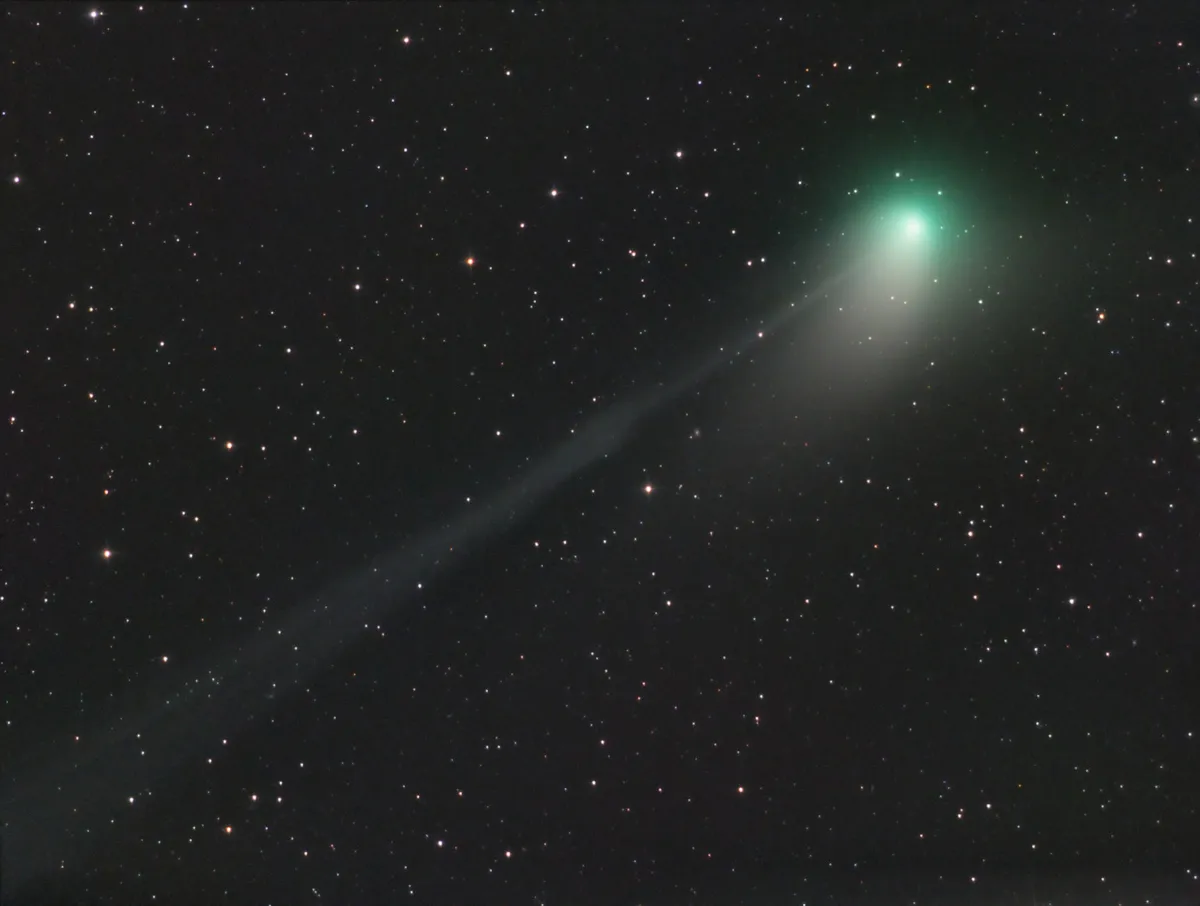
Studying the solar wind
The solar wind is made up of a stream of charged particles coming from the Sun.
Some of these particles have enough energy to cause damage to satellites as well as harm astronauts and high-altitude air crew.
Occasionally, particularly turbulent solar winds can create powerful geomagnetic storms, which can cause power surges on Earth’s surface when they hit our planet’s magnetosphere.
Most of these problems can be mitigated against, provided people are forewarned.
By improving our understanding of the solar wind, astronomers will be able to provide better space weather forecasts and help protect Earth’s infrastructure.
Have you managed to capture an image of the comet? Send it to the the University of Reading using the email address s.r.watson@pgr.reading.ac.uk, and you can also send it to us via contacus@skyatnightmagazine.com
